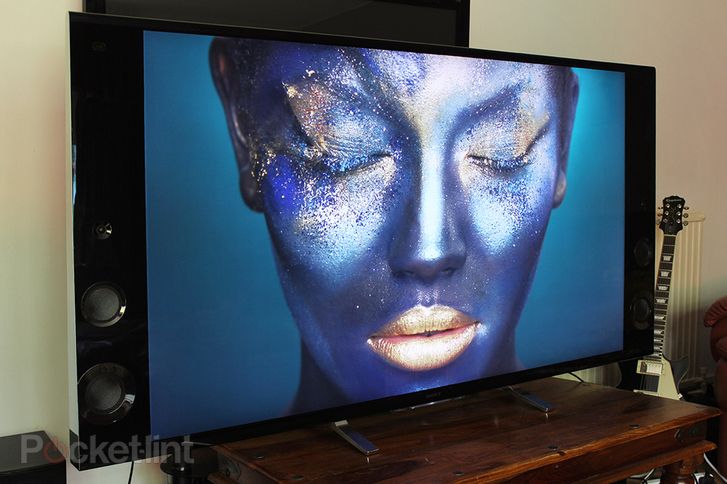4K TV is here, with screens becoming affordable and content available on YouTube and Netflix. But it's still not mainstream, it's broadcasting that will push it there. And now it's almost here as standards for UHD broadcast get agreed.
The new DVB-UHDTV Phase 1 specification, approved for Europe by the DVB Steering Board, allows for over the air transmission of 3840 x 2160 resolution. These will be broadcast for pictures at 60Hz and colour depth at 10 bits per pixel rather than 8.
This is a huge jump forward in quality promising great picture quality, a new range of colours, higher frame rates and double the resolution.
The standard uses HEVC as the compression system – the same as Netflix which is now supported by the latest generation of 4K TVs like Sony's X9005B, for example. This offers double the compression rate compared to MPEG-4/H.264. This compression will be one of the broadcaster's biggest struggles as they try to send so much more detail down the same sized pipeline, effectively.
The new DVB-UHDTV Phase 1 specification has been delivered to the European Telecommunications Standards Institute, a not-for-profit body which is expected to formally standardise the specification. The Blu-ray Association is also working on a standard expected to cram 4K onto discs by the end of the year.

